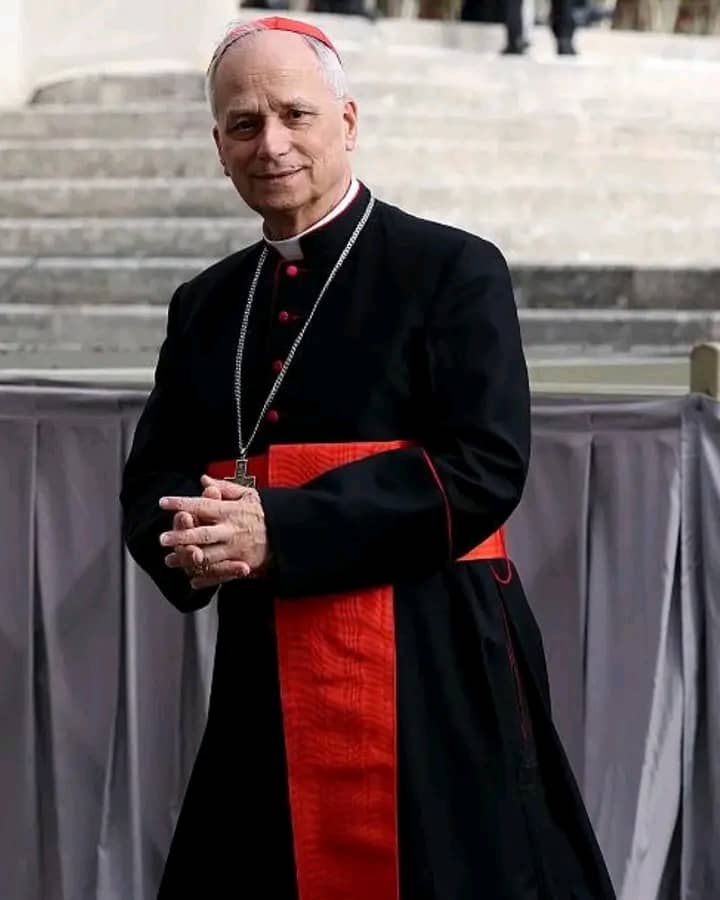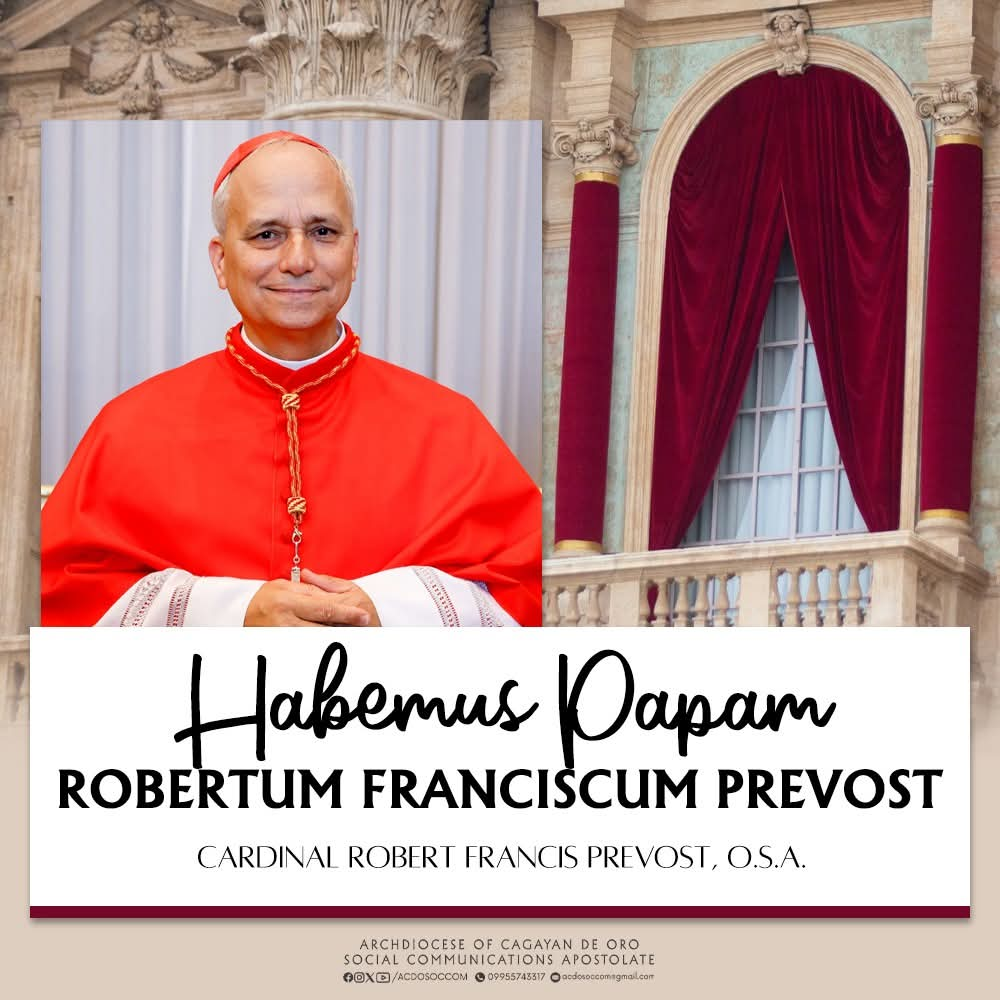A recent resurgence of interest in early Church history has brought renewed attention to one of Catholicism's key historical figures: Pope Leo I, also known as St. Leo the Great.
While some may refer simply to "Leon" in Catholic contexts, it is typically a reference to this prominent saint, whose impact on the Church continues to resonate nearly 1,600 years after his papacy.
Pope Leo I served as Bishop of Rome from 440 to 461 AD and is one of only a few popes in Church history honored with the title “the Great.”
His leadership came during a turbulent time marked by theological disputes and the threat of barbarian invasions.
He is most famous for meeting Attila the Hun in 452 and persuading him not to sack Rome a moment often cited as a divine intervention guided by Leo’s faith and diplomacy.
St. Leo’s most enduring legacy may lie in his theological writings. His Tome of Leo, written to clarify the dual nature of Christ — both human and divine — was a cornerstone at the Council of Chalcedon in 451 AD.
This teaching became a foundational aspect of Catholic Christology and helped unify Church doctrine at a critical time.

The name “Leon,” derived from Latin Leo, meaning “lion,” carries symbolic weight. In Christian tradition, the lion represents courage, strength, and royal dignity all qualities reflected in Leo the Great’s papacy.
Thus, when Catholics reference “Leon,” particularly in Spanish-speaking contexts, they are often invoking not just a name, but a legacy of steadfast leadership and doctrinal clarity.
Canonized shortly after his death and later declared a Doctor of the Church, St. Leo is celebrated annually on November 10.
His teachings remain part of the Church’s liturgical readings and are frequently studied by theologians and seminarians alike.
As modern Catholics continue to face challenges both spiritual and societal, the memory of “Leon” Pope St. Leo the Great offers a reminder of how one person’s conviction and wisdom can guide the faithful through the darkest times.


